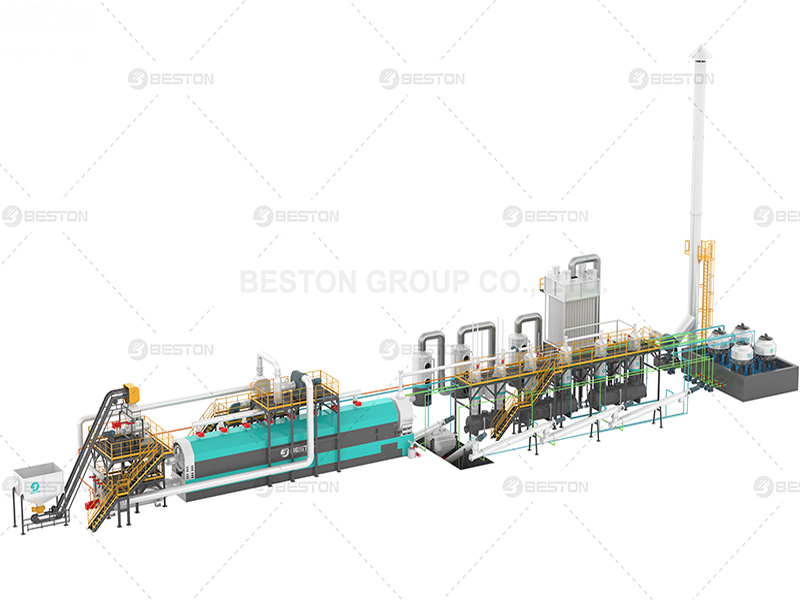How to Optimize the Efficiency of Pyrolysis Reactor
Optimizing the efficiency of a pyrolysis reactor involves a systematic approach to enhance thermal decomposition processes and maximize product yields. Pyrolysis reactors are integral to converting various feedstocks into valuable products such as bio-oil, syngas, and biochar through controlled thermal degradation in the absence of oxygen.
Understanding Pyrolysis Reactor Operation
The operation of a pyrolysis reactor hinges on maintaining optimal conditions for heat transfer, residence time, and reaction kinetics. These factors are critical in determining the quality and quantity of end-products generated.
Key Strategies for Efficiency Optimization
Temperature Control
- Controlling the temperature within the reactor is paramount to achieving efficient pyrolysis. Optimal temperatures vary depending on the feedstock but generally range between 300°C to 800°C. High temperatures can enhance reaction rates but may also lead to undesirable by-products or equipment degradation if not carefully managed.
Feedstock Preparation
- Proper preparation of the feedstock ensures uniform size and moisture content, which promotes consistent heating and reduces energy losses during pyrolysis. Drying the feedstock to an appropriate moisture level minimizes the energy required to heat and vaporize water, thereby improving overall process efficiency.
Residence Time Optimization
- Adjusting the residence time—the duration the feedstock remains within the reactor—is crucial for achieving complete pyrolysis without excessive energy consumption or product degradation. Balancing residence time with feedstock characteristics and temperature profiles optimizes product yields and quality.
Heat Transfer Enhancement
- Efficient heat transfer mechanisms within pyrolysis reactor design, such as using heat exchangers or internal baffles, facilitate uniform heating and minimize thermal gradients. Improved heat transfer efficiency reduces energy consumption and enhances the overall thermal efficiency of the pyrolysis process.
Reaction Kinetics and Catalysts
- Understanding the reaction kinetics involved in pyrolysis reactions can guide the use of appropriate catalysts to accelerate desired chemical transformations. Catalysts can lower activation energies, increase reaction rates, and alter product distributions, thereby optimizing process efficiency and product quality.

Advanced Techniques and Innovations
Pyrolysis Gas Recycling
Recycling pyrolysis gas back into the reactor can supplement heat requirements and maintain reaction temperatures, reducing external energy inputs and enhancing overall energy efficiency.
Process Integration and Optimization
Integrating pyrolysis reactors with complementary processes such as gasification or combustion allows for synergistic energy utilization and waste heat recovery, improving overall process efficiency and sustainability.
Advanced Control Systems
Implementing advanced control systems that monitor and adjust key pyrolysis process parameters in real-time can optimize operational efficiency, minimize downtime, and ensure consistent product quality.
Challenges and Considerations
Feedstock Variability
The inherent variability of feedstock properties, such as moisture content and chemical composition, poses challenges in maintaining consistent process conditions and optimizing reactor performance.
Scale-Up Considerations
Scaling up pyrolysis reactor operations requires careful consideration of equipment design, heat management, and logistical challenges to maintain efficiency and economic viability.
Conclusion
Optimizing the efficiency of a pyrolysis reactor involves a multifaceted approach integrating thermal management, feedstock optimization, and advanced process control strategies. By addressing these key factors, stakeholders in the renewable energy and waste management sectors can maximize resource recovery and sustainability through enhanced pyrolysis technology.